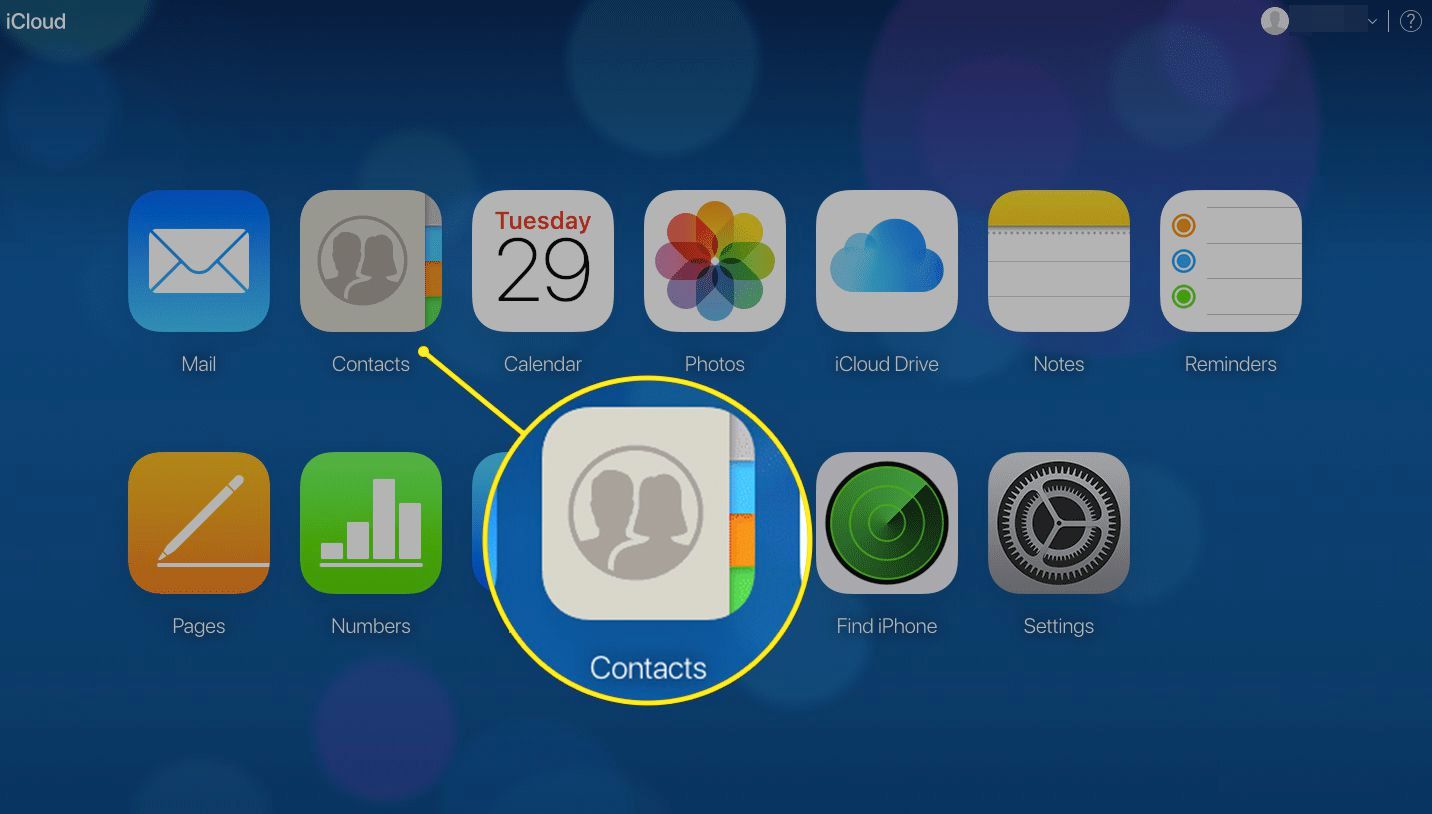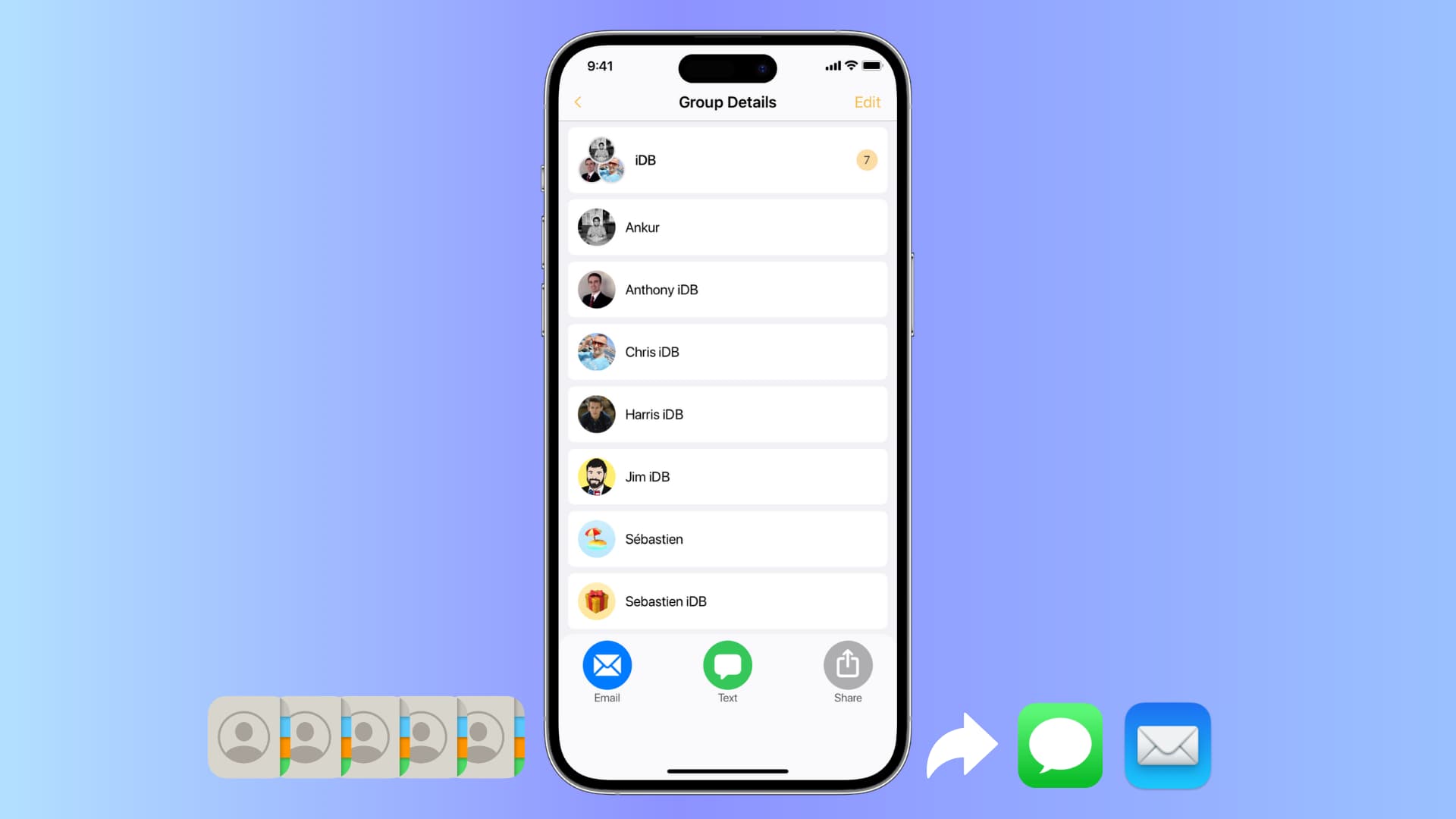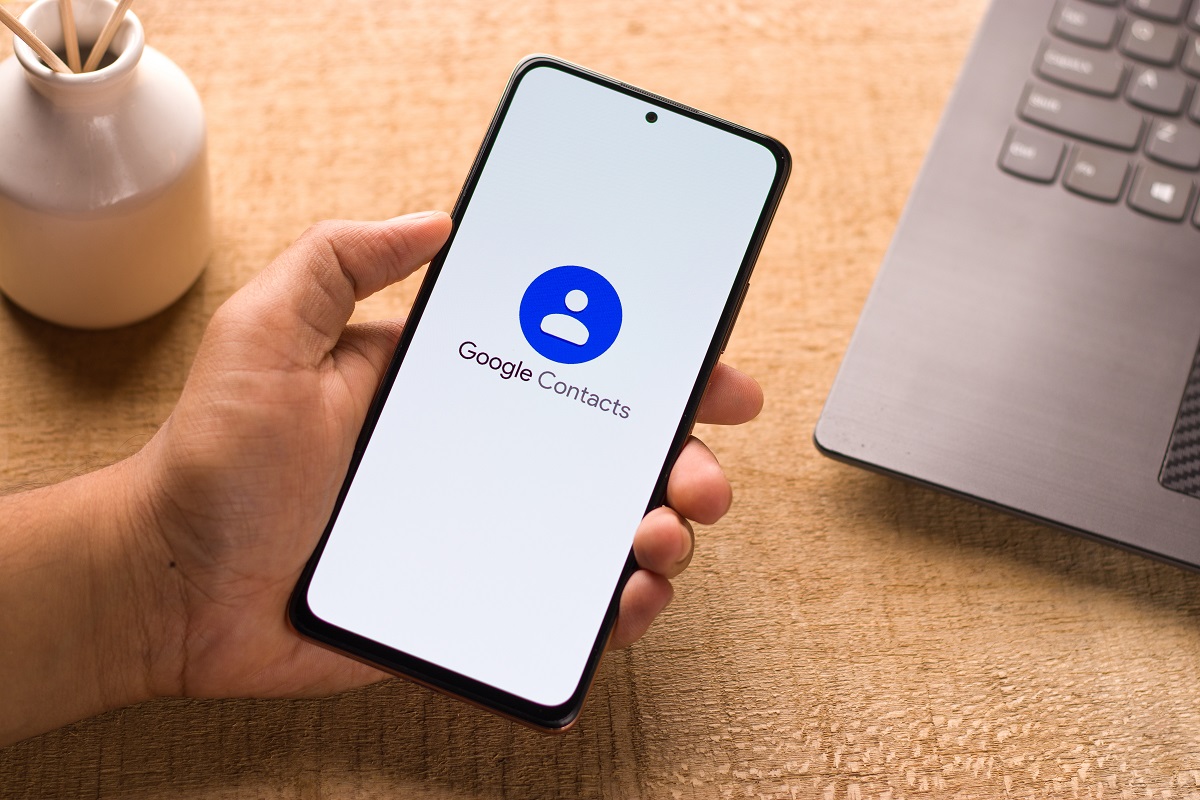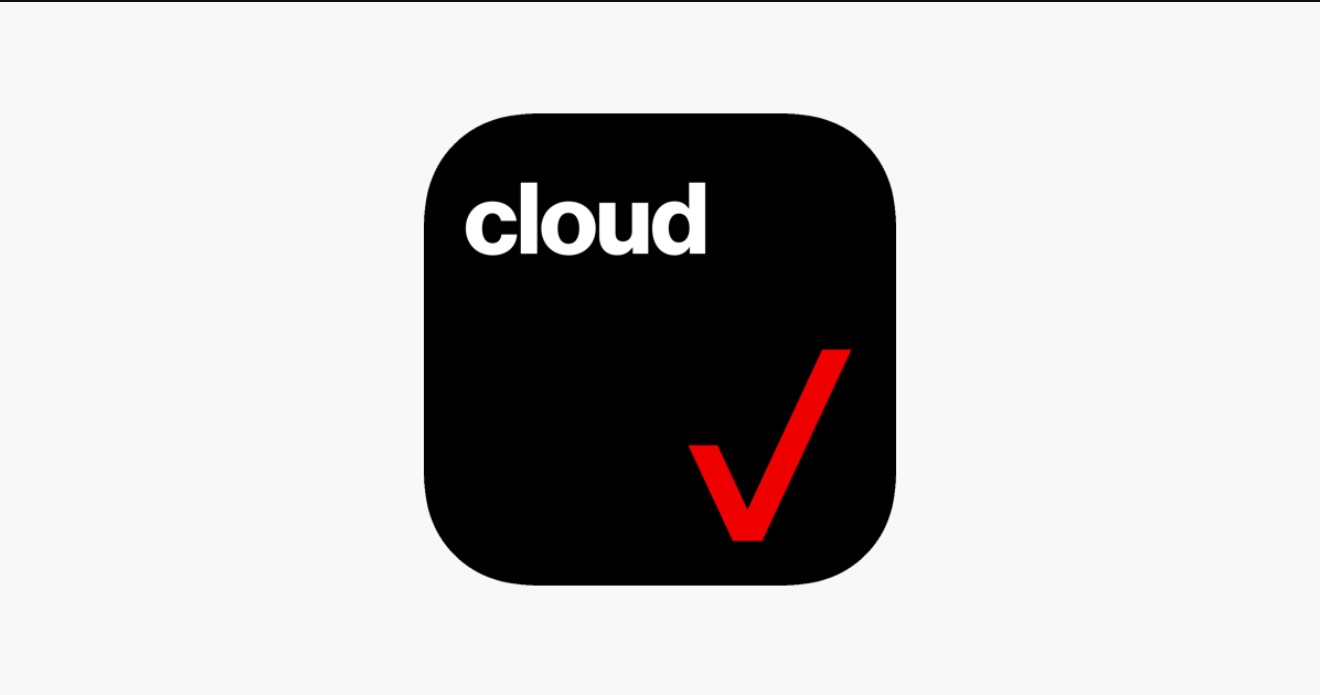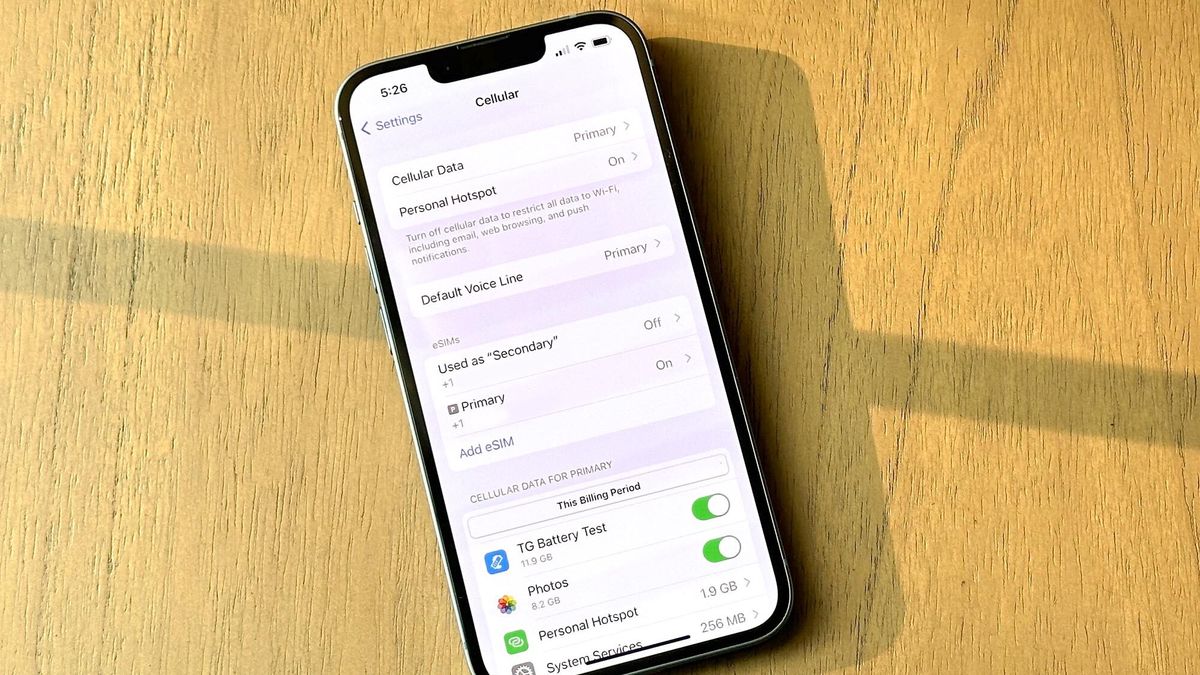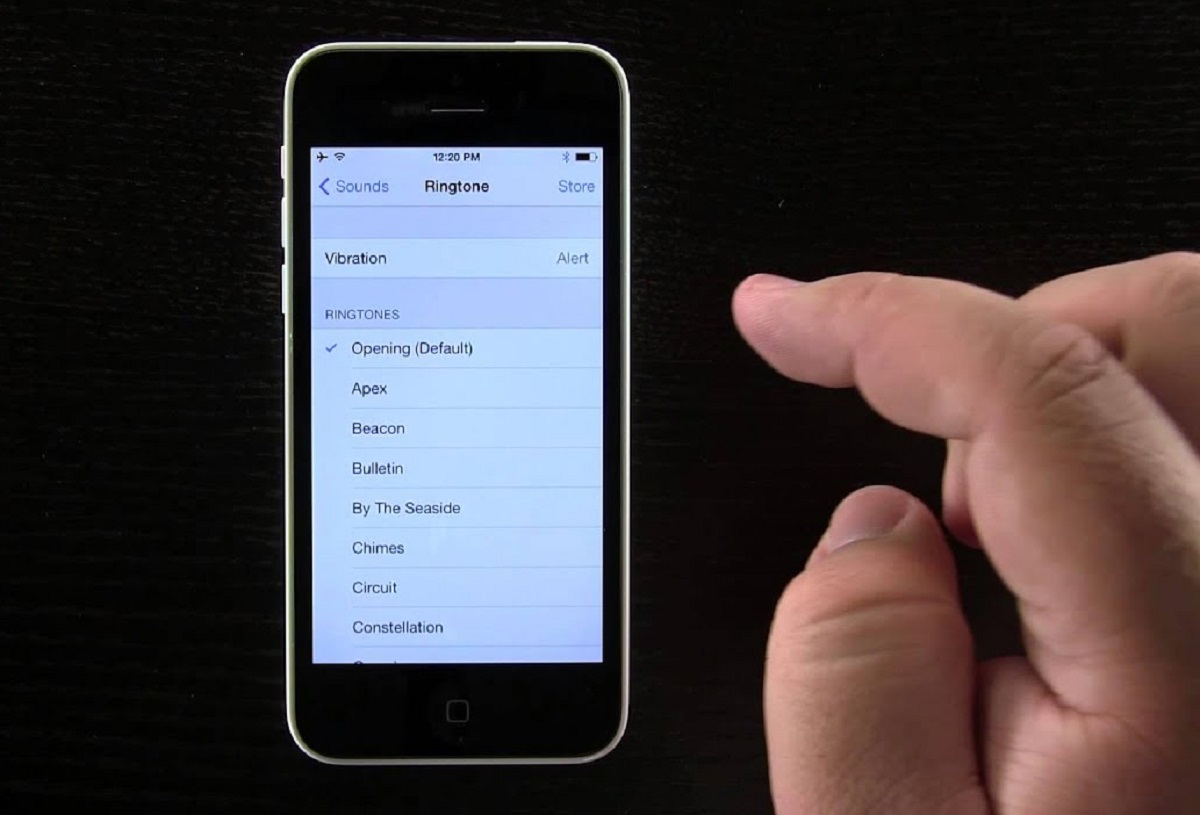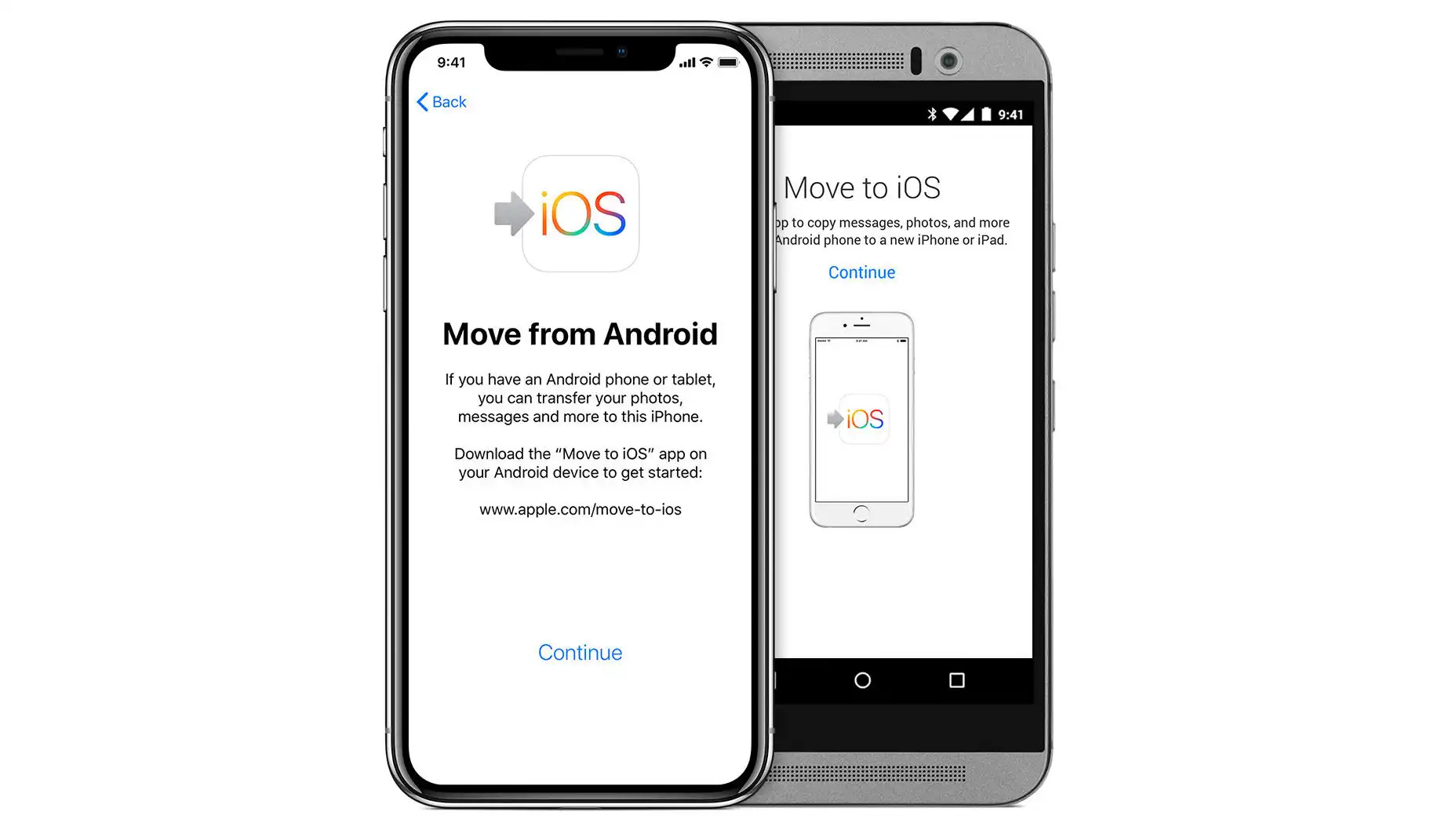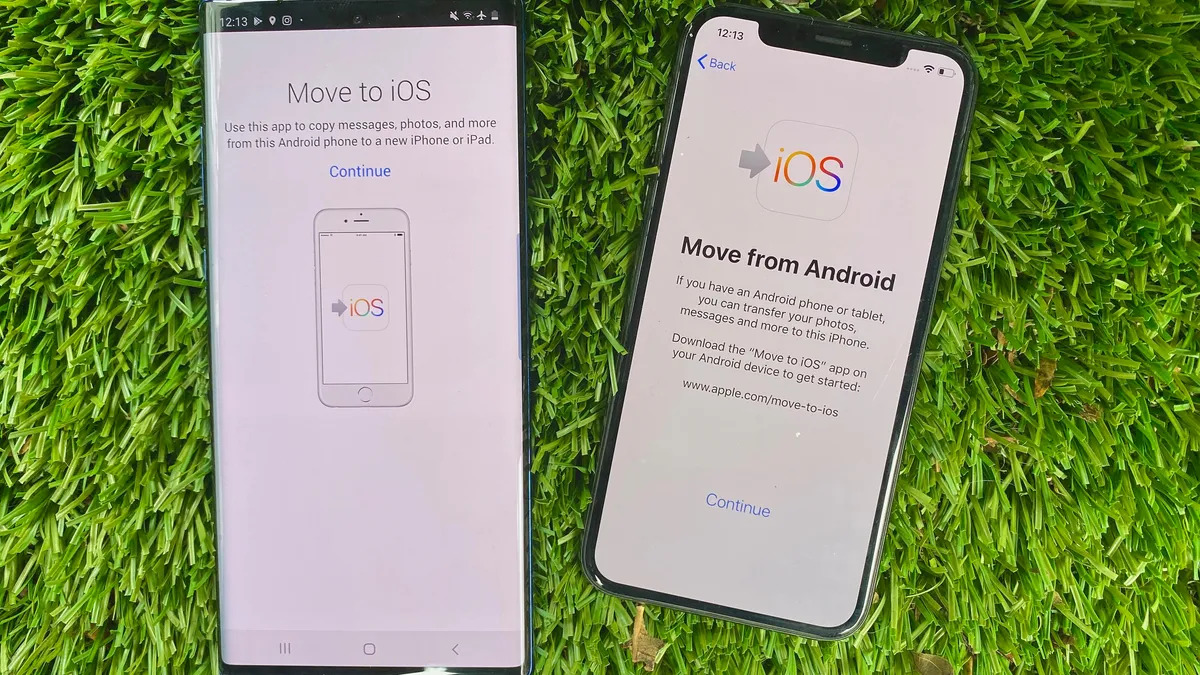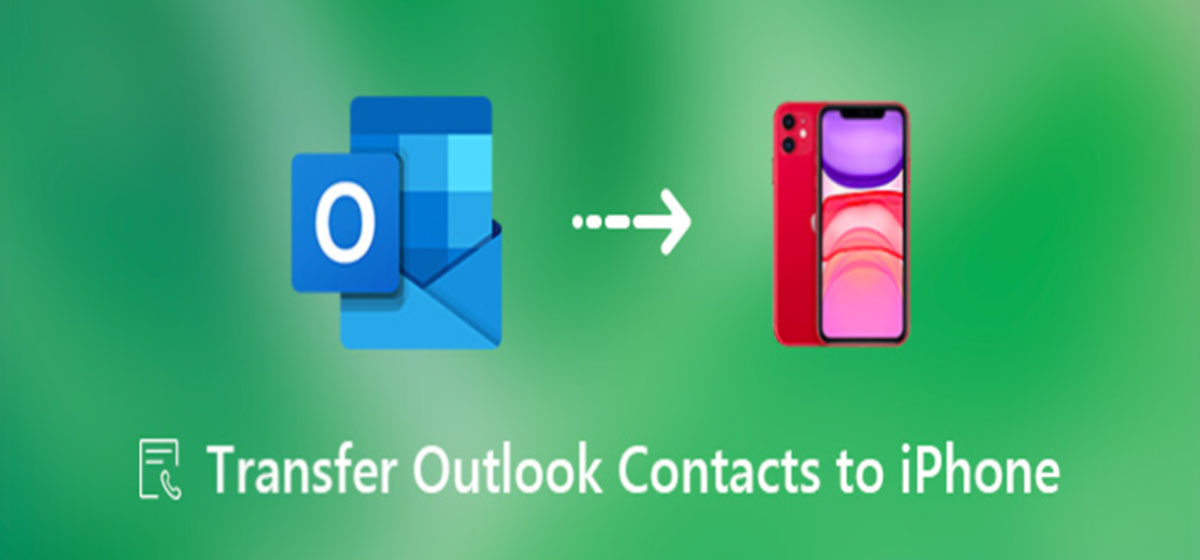Introduction
Having a backup of your contacts is essential to ensure that you never lose important contact information stored on your iPhone. Whether you need to switch to a new device, restore your phone to factory settings, or simply want to keep a copy of your contacts for peace of mind, knowing how to download and save them is a valuable skill.
In this article, we will explore various methods to download contacts from your iPhone. From utilizing Apple’s iCloud service to using iTunes, third-party apps, and even email, we will guide you through step by step to help you choose the method that best suits your needs.
So, if you’re ready to safeguard your contact list, let’s dive into these methods and ensure you have a backup of your contacts should anything happen to your iPhone. Whether you’re a tech-savvy user or a beginner, these methods are user-friendly and accessible to all.
Note: Before proceeding with any method, it’s always a good idea to double-check that your iPhone is fully backed up. This will ensure that your contacts are up to date and won’t be lost in the process.
Method 1: Using iCloud
iCloud is Apple’s cloud storage and syncing service that allows you to access and manage your data across multiple devices. It also offers a convenient way to back up and download your iPhone contacts. Here’s how you can do it:
- Ensure iCloud is enabled on your iPhone: Go to Settings > [Your Name] > iCloud. Make sure the “Contacts” toggle is turned on. If it’s not, simply slide it to the right to enable it.
- Sync your contacts with iCloud: Once iCloud is enabled, your iPhone will automatically sync your contacts to the cloud. Wait for the syncing process to complete. This ensures that your contacts are up to date and available for download.
- Access iCloud on your computer: Open a web browser on your computer and go to the iCloud website (www.icloud.com).
- Sign in to your iCloud account: Enter your Apple ID and password to sign in to your iCloud account. Make sure to use the same Apple ID that is associated with your iPhone.
- Navigate to the Contacts section: On the iCloud website, click on the “Contacts” icon to access your contact list.
- Select and download your contacts: Once you are in the Contacts section, you can select individual contacts or click on the gear icon to select all contacts. Then, click on the gear icon again and choose “Export vCard” to download your contacts as a VCF file.
After downloading the VCF file, you can import it into other devices, email clients, or contact management applications to ensure that your contacts are securely backed up and accessible whenever you need them.
Using iCloud to download contacts is a seamless and straightforward method that doesn’t require any additional apps or software. It’s a great option for those who prefer a hassle-free approach to backup their contacts.
Method 2: Using iTunes
If you prefer to use your computer to back up and download your iPhone contacts, you can utilize iTunes. iTunes is a media management software developed by Apple that allows you to sync data between your iPhone and computer. Follow the steps below to download your contacts using iTunes:
- Ensure iTunes is installed on your computer: If you haven’t already, download and install the latest version of iTunes from the Apple website.
- Connect your iPhone to your computer: Use a USB cable to connect your iPhone to your computer. Launch iTunes if it doesn’t open automatically.
- Select your iPhone in iTunes: In iTunes, click on the device icon located at the top left corner of the window. This will display the Summary page of your iPhone’s settings.
- Enable contact syncing: Scroll down to the “Options” section on the Summary page. Make sure the “Sync Contacts” option is checked or selected.
- Choose the sync method: You can choose to sync all contacts or select specific groups or categories. Make your preferred selection under the “Sync Contacts” option.
- Initiate the sync process: Click on the “Apply” or “Sync” button at the bottom right corner of the iTunes window to start the syncing process. Wait for the sync to complete.
- Access your contacts on your computer: After the sync is finished, you can access your contacts in the default Contacts app on your computer, such as the macOS Contacts app or the Windows Contacts app.
By using iTunes, you can download a copy of your iPhone contacts directly to your computer. This method provides an additional layer of security as your contacts are stored locally. You can easily import them into other contact management applications or manually back them up for safekeeping.
Please note that iTunes is no longer included in the latest macOS versions (starting from macOS Catalina). Instead, you can use Finder to sync and manage your iPhone. The process is similar to the above steps, but you need to open Finder and select your iPhone from the sidebar to access the sync options.
Method 3: Using a Third-Party App
If you’re looking for an alternative method to download contacts from your iPhone, you can consider using a third-party app. There are various apps available on the App Store that offer contact backup and export functionalities. Here’s how you can use a third-party app to download your contacts:
- Search for a reliable contact backup app: Open the App Store on your iPhone and search for “contact backup” or “contact export” apps. Read reviews and check ratings to find a trustworthy app.
- Install and launch the chosen app: Once you have selected an app, follow the on-screen instructions to download and install it on your iPhone. Launch the app when the installation is complete.
- Grant necessary permissions: The app may require certain permissions to access your contacts. Make sure to grant the necessary permissions for the app to function properly.
- Select and export contacts: Once the app is set up, you can choose to export all contacts or select specific contacts to download. Follow the app’s instructions to complete the export process.
- Choose the format and destination: Some apps allow you to choose the file format (such as VCF or CSV) and the destination where you want to save the exported contacts. Make your selections accordingly.
- Complete the export and download: After selecting the format and destination, initiate the export process. Wait for the app to complete the export and provide you with the option to download the exported contacts.
Using a third-party app gives you more flexibility and customization options when it comes to downloading your iPhone contacts. These apps often offer additional features like contact merging, duplicate removal, and easy sharing options.
However, it’s important to choose a reputable app from a trusted developer to ensure the security and privacy of your contact information. Always read reviews, check the app’s privacy policy, and exercise caution when granting access to your contacts.
Remember to periodically back up your exported contacts to a secure location, such as your computer or cloud storage, to ensure you have a reliable backup in case of data loss or device failure.
Method 4: Using Email
If you prefer a simple and straightforward method to download your iPhone contacts, using email can be a convenient option. By sending your contacts through email, you can easily access them on any device or save them for future reference. Here’s how you can use email to download your contacts:
- Open the Contacts app on your iPhone: Locate and open the Contacts app on your iPhone’s home screen. This app is pre-installed on all iPhones and is represented by an icon with a silhouette of a person.
- Select the contacts you want to download: In the Contacts app, go through your contact list and select the contacts you want to download. You can tap on each contact’s name to open their details and then tap on the “Share Contact” or “Export Contact” option.
- Choose the email option: After selecting a contact, choose the option to share or export it via email. This option may vary depending on your iPhone model and iOS version, but it generally involves tapping on the share icon (typically represented by a square with an arrow pointing upward) and selecting the email option.
- Compose an email with the contacts attached: The email app on your iPhone will open with the selected contacts attached as a VCF (Virtual Contact File) or CSV (Comma-Separated Values) file. Enter the recipient’s email address, add a subject if desired, and include any necessary message in the body of the email.
- Send the email: Double-check the email address and content before sending the email. Once you’re ready, tap on the send button to deliver the email.
- Access contacts on your computer or another device: Open the email on your computer or another device, and download the attachment (VCF or CSV file) containing the contacts. You can then import the contacts into your email client, contact management application, or store them in a safe location for future use.
Using email to download contacts offers the advantage of accessibility and compatibility across different devices and platforms. It’s a quick and efficient method that doesn’t require any additional apps or software installation.
Keep in mind that some email providers may have limitations on the size of attachments, so if you have a large number of contacts, you may need to split them into multiple emails or use alternative methods for exporting and downloading your contacts.
By using the email method, you can ensure that your contacts are readily available and easily transferable, providing you with a portable backup of your valuable contact information.
Conclusion
Downloading and backing up your iPhone contacts is crucial for safeguarding your valuable contact information. Whether you’re switching to a new device, restoring your phone to factory settings, or simply want the peace of mind of having a backup, the methods discussed in this article provide you with various options to download and save your contacts.
Using iCloud allows for seamless syncing and effortless downloading of contacts. By enabling iCloud on your iPhone and accessing it through a web browser on your computer, you can export your contacts as a VCF file.
iTunes provides a reliable method for syncing and downloading your contacts to your computer. With a few simple steps, you can ensure that your contacts are safely stored locally and ready to be imported into other devices or applications.
For those who prefer third-party apps, there are numerous contact backup apps available on the App Store. These apps offer additional features and customization options, providing a versatile and user-friendly experience.
If you’re looking for a quick and accessible option, using email to download your contacts is a convenient choice. By attaching your contacts as a VCF or CSV file to an email, you can easily access and store them on any device or platform.
Remember to regularly backup your contacts using one or more of these methods to prevent any accidental loss. Additionally, keep your backup files secure by storing them on reliable and encrypted storage solutions.
By following these methods, you can ensure that your contact information remains safe, accessible, and ready to be restored whenever needed. Choose the method that best fits your preferences and needs, and take proactive steps to protect your valuable contacts.
Now, armed with this knowledge, you can confidently download and backup your iPhone contacts, ensuring that your vital connections are never lost.







